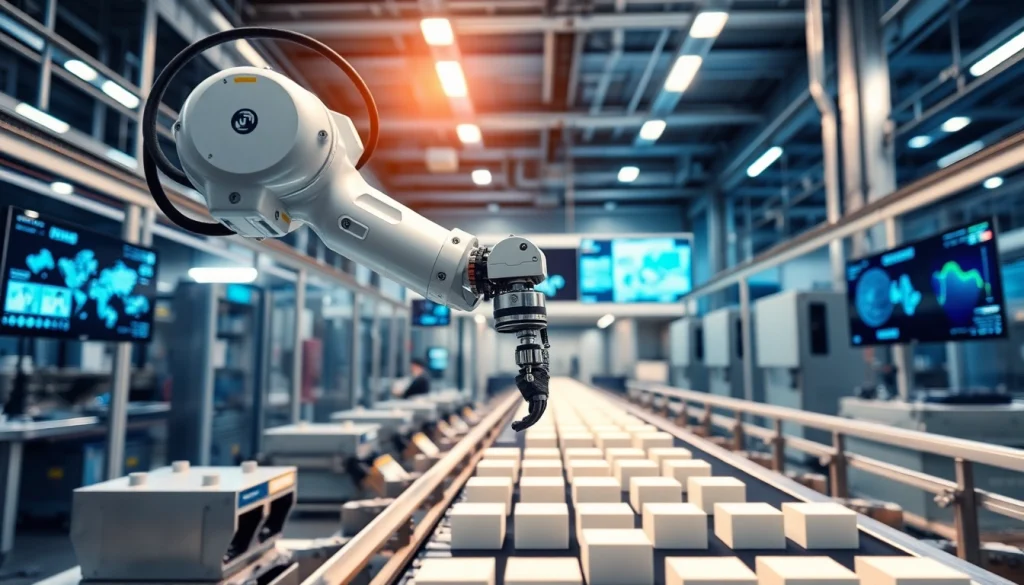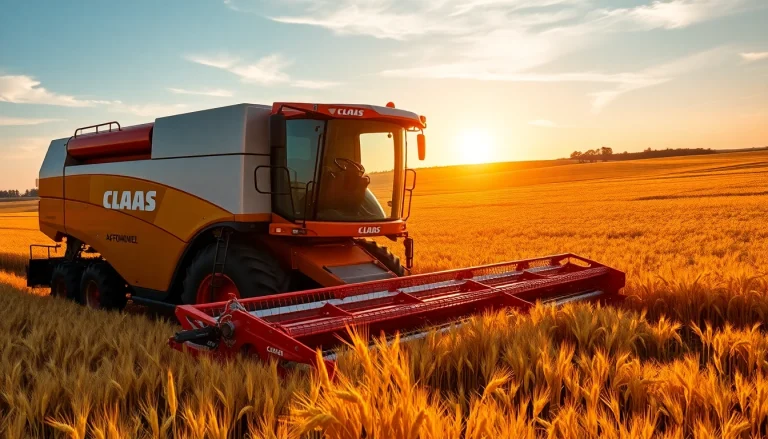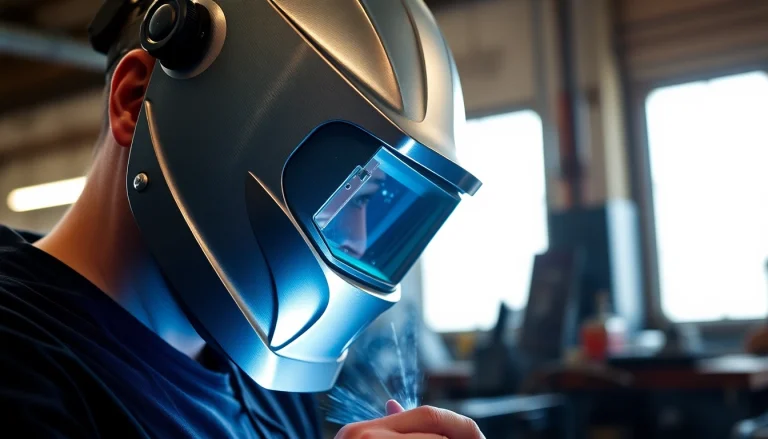
1. Introduction to Machine Vision
In an era marked by rapid technological advancement, the field of machine vision is continually evolving. Machine vision combines various disciplines such as optics, image processing, and artificial intelligence to allow machines to interpret and respond to visual data. This technology is indispensable across a plethora of industries, facilitating automation, enhancing quality control, and improving operational efficiency.
1.1 Defining Machine Vision Technologies
At its core, machine vision involves the use of cameras and image processing systems to perform automated tasks that were traditionally performed by humans. The technology enables equipment and systems to “see” their surroundings, leveraging various algorithms to understand and analyze images. This can involve anything from inspecting products for defects to guiding robotic arms during assembly processes.
1.2 The Importance of Machine Vision in Industry
The significance of machine vision in today’s industrial landscape cannot be overstated. As manufacturers push for higher efficiencies and reduced costs, machine vision emerges as a critical enabler of automation. It enhances product quality by reducing error rates and ensuring adherence to stringent specifications. Moreover, by automating tasks that require visual acuity, businesses can optimize labor resources and boost overall productivity.
1.3 Key Components of Machine Vision Systems
A typical machine vision system comprises several essential components, each contributing to the overall functionality:
- Cameras: Capture visual information from the environment in real-time, converting analog signals to digital form.
- Lighting: Improves image quality and ensures consistent visibility of objects being inspected.
- Processing Hardware: Comprises the computational resources required to run machine vision algorithms.
- Software: Utilizes various algorithms to analyze and interpret visual data, providing actionable insights.
- Communication Interfaces: Allow integration with other systems and machines within a production environment.
2. How Machine Vision Works
2.1 The Process of Image Capture and Processing
The workflow of a machine vision system typically begins with image capture. Cameras, equipped with advanced sensors, constantly scan the environment. The images are then processed through stages that can include filtering, edge detection, and feature extraction. This step is critical as it transforms raw data into meaningful insights that machines can act upon.
2.2 Software and Algorithms Behind Machine Vision
The backbone of machine vision technology lies in sophisticated software and algorithms. These tools enable the system to interpret data from camera inputs effectively. Common algorithms in use include:
- Image Segmentation: Divides images into segments to isolate objects of interest.
- Pattern Recognition: Identifies specific patterns or features within images, essential for quality control.
- Machine Learning: Allows systems to improve their analysis capabilities over time by learning from past data.
2.3 Common Hardware Used in Machine Vision
Machine vision systems employ a variety of hardware components, including:
- Industrial Cameras: High-resolution cameras designed to function in difficult manufacturing environments.
- Illumination Systems: Customize lighting to enhance image quality, which is crucial for accurate analysis.
- Frame Grabbers: Hardware that captures and digitizes video signals from the camera in real-time.
- Processing Units: Powerful computers or embedded systems tasked with running machine vision software.
3. Applications of Machine Vision
3.1 Machine Vision in Quality Control
Quality control stands as one of the most significant application areas for machine vision. Automated inspection systems can identify defects, measure dimensions, and ensure compliance with standards much faster than manual inspections. For instance, in the automotive industry, machine vision evaluates parts for quality and tolerances, drastically reducing the rate of defective products.
3.2 Enhancing Automation with Machine Vision
Machine vision plays a profound role in enhancing automation across various industry sectors. By integrating machine vision with robotics, tasks such as assembly, packaging, and sorting are completed faster and more accurately. This synergistic approach reduces labor costs and enhances operational throughput.
3.3 Case Studies of Machine Vision Implementation
Numerous companies have successfully integrated machine vision into their operations. For example, a leading electronics manufacturer employed machine vision to inspect circuit boards during the assembly process. By doing so, they reduced inspection time by 60%, increased detection rates of defects, and ultimately saved significant costs in recalls and warranty claims.
4. Challenges in Machine Vision Implementation
4.1 Overcoming Common Technical Obstacles
Despite its advantages, implementing machine vision systems can present technical challenges. Factors such as image noise, varying light conditions, and the complexity of images can hinder performance. Organizations must adopt tailored solutions such as algorithm optimization and robust training data sets to mitigate these issues.
4.2 Addressing Lighting and Environmental Factors
Lighting is a crucial element in machine vision, as variations can significantly impact image quality. To overcome this challenge, companies are increasingly turning to advanced lighting techniques, such as backlighting and structured light, that ensure consistent illumination across different environments. This enhances the accuracy and reliability of visual inspections.
4.3 Ensuring Software Compatibility and Upgrades
As technology evolves, compatibility issues between different software versions can arise. Continuous updates and system upgrades are required to leverage advancements and maintain competitive edges. Organizations should establish structured protocols for software maintenance and invest in training resources to keep their personnel aligned with the latest developments.
5. Future Trends in Machine Vision
5.1 Integrating AI and Machine Learning with Machine Vision
Artificial intelligence and machine learning are poised to revolutionize machine vision technologies. By enabling systems to learn from vast amounts of visual data, organizations can achieve higher accuracy rates and predict defects before they occur. Future developments may include self-learning systems that adapt to new challenges and environments with minimal human intervention.
5.2 Emerging Technologies and Innovations
The machine vision landscape is continuously enriched by emerging technologies such as deep learning and augmented reality. These innovations will expand the capabilities of machine vision systems, allowing them to perform more complex tasks and provide insights that were previously unattainable.
5.3 The Evolving Role of Machine Vision in Industry 4.0
As we move further into the era of Industry 4.0, machine vision will play an integral role in the realization of smart factories and fully automated production lines. The connectivity of machines and devices will lead to real-time decision-making capabilities, ultimately paving the way for a new standard in operational efficiency and productivity in manufacturing and beyond.






